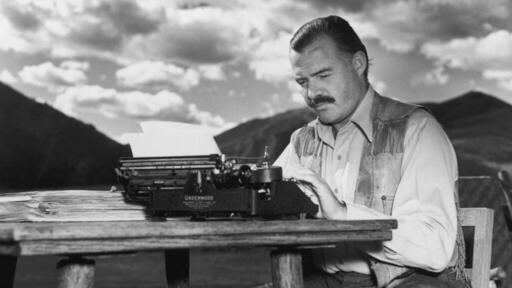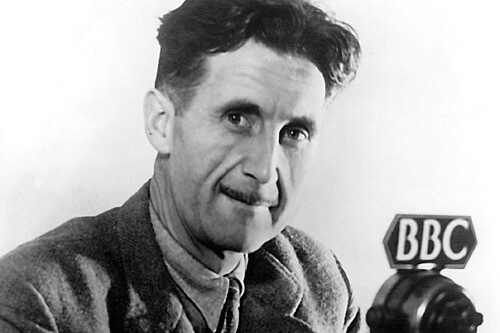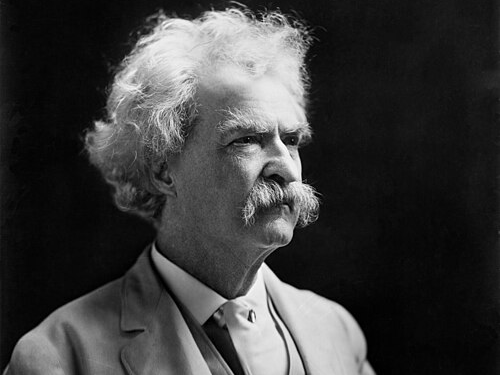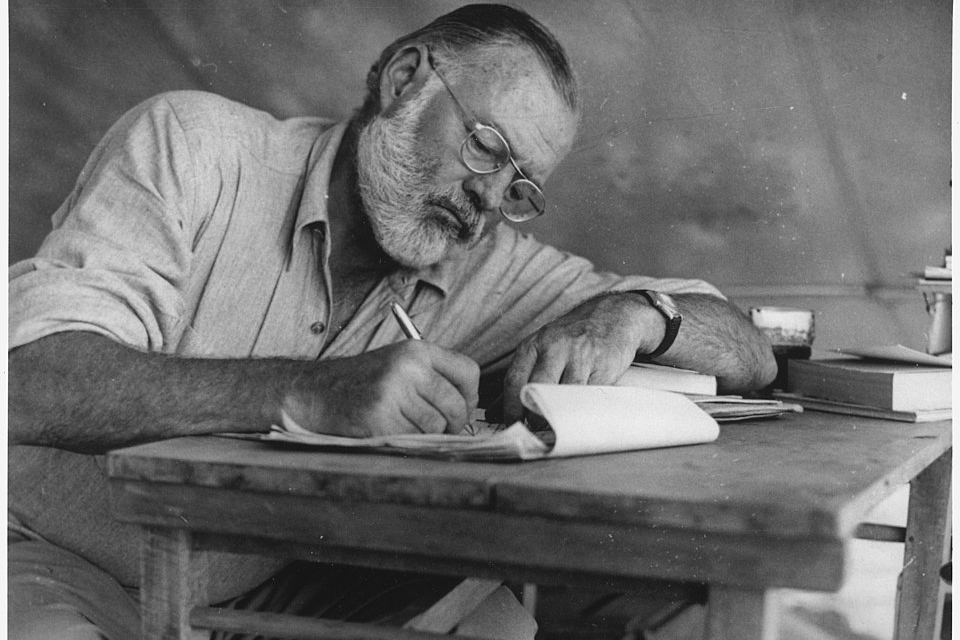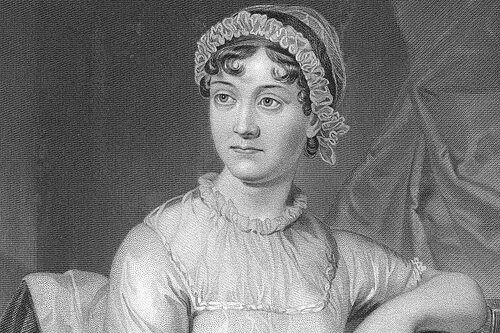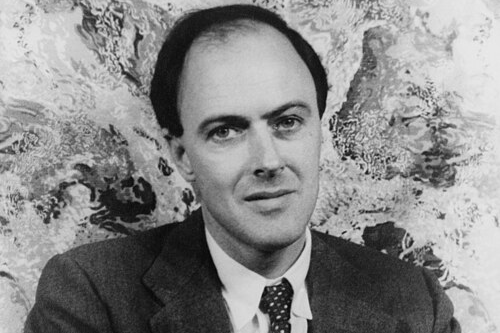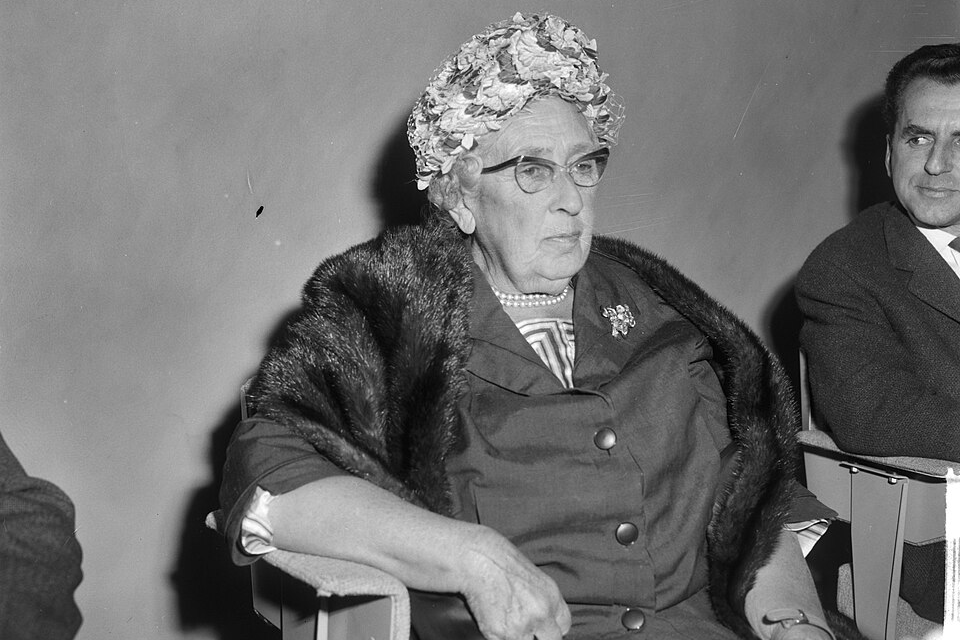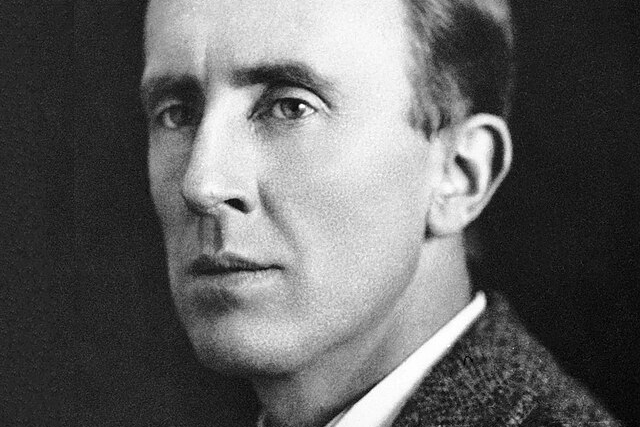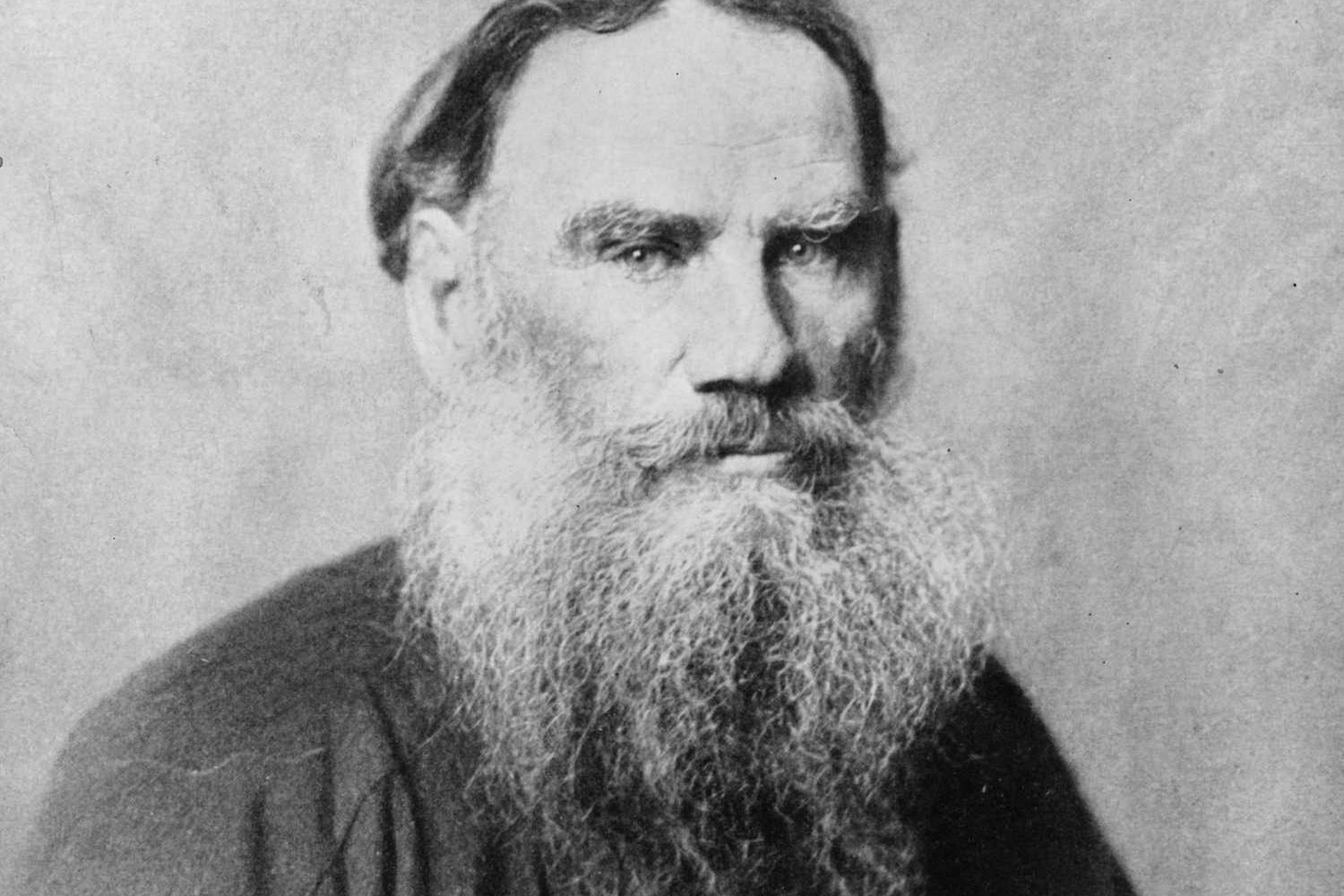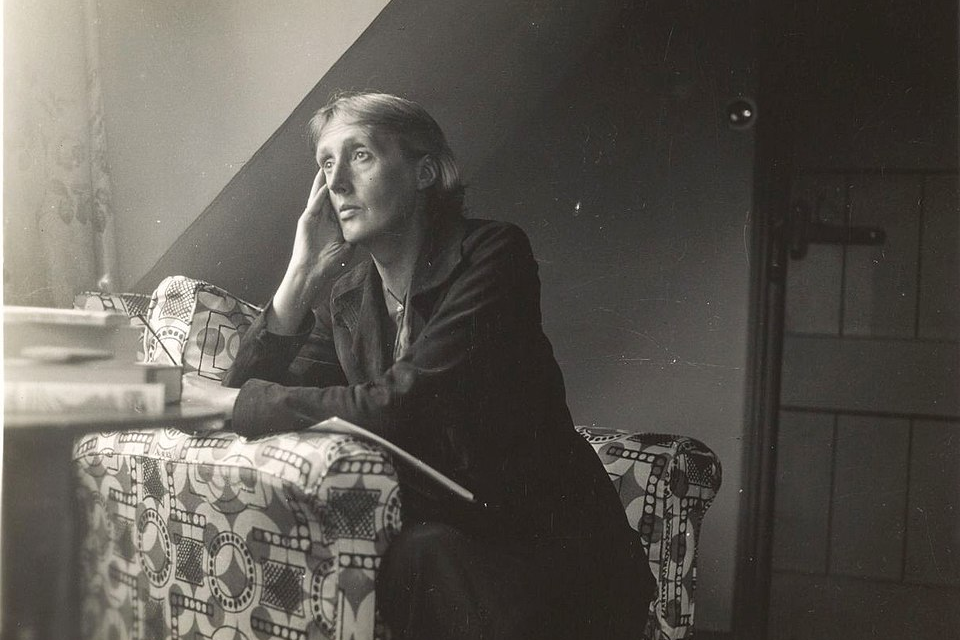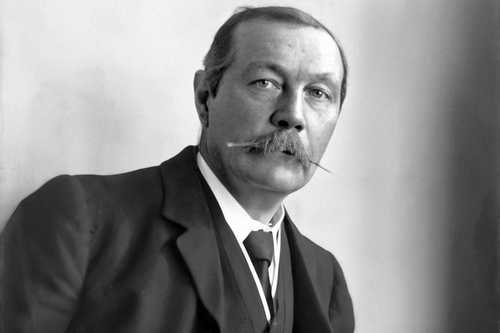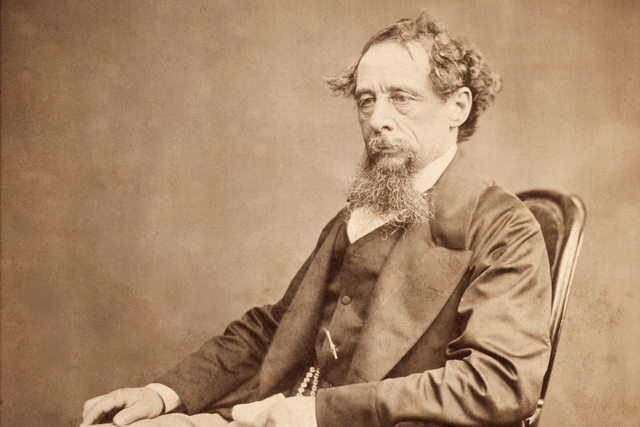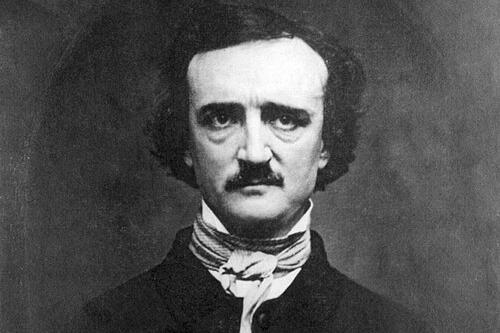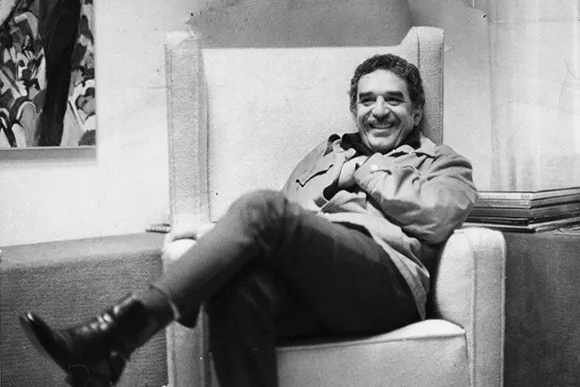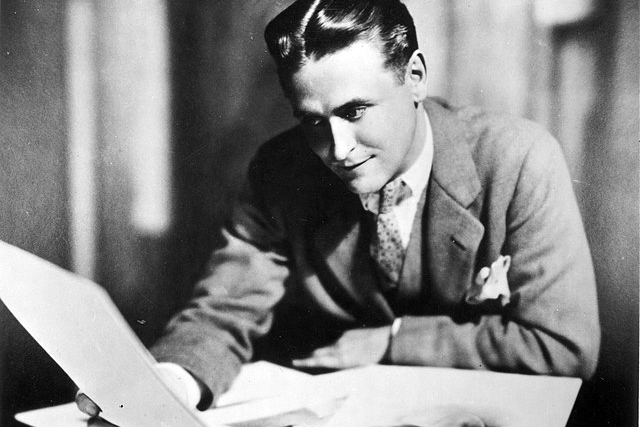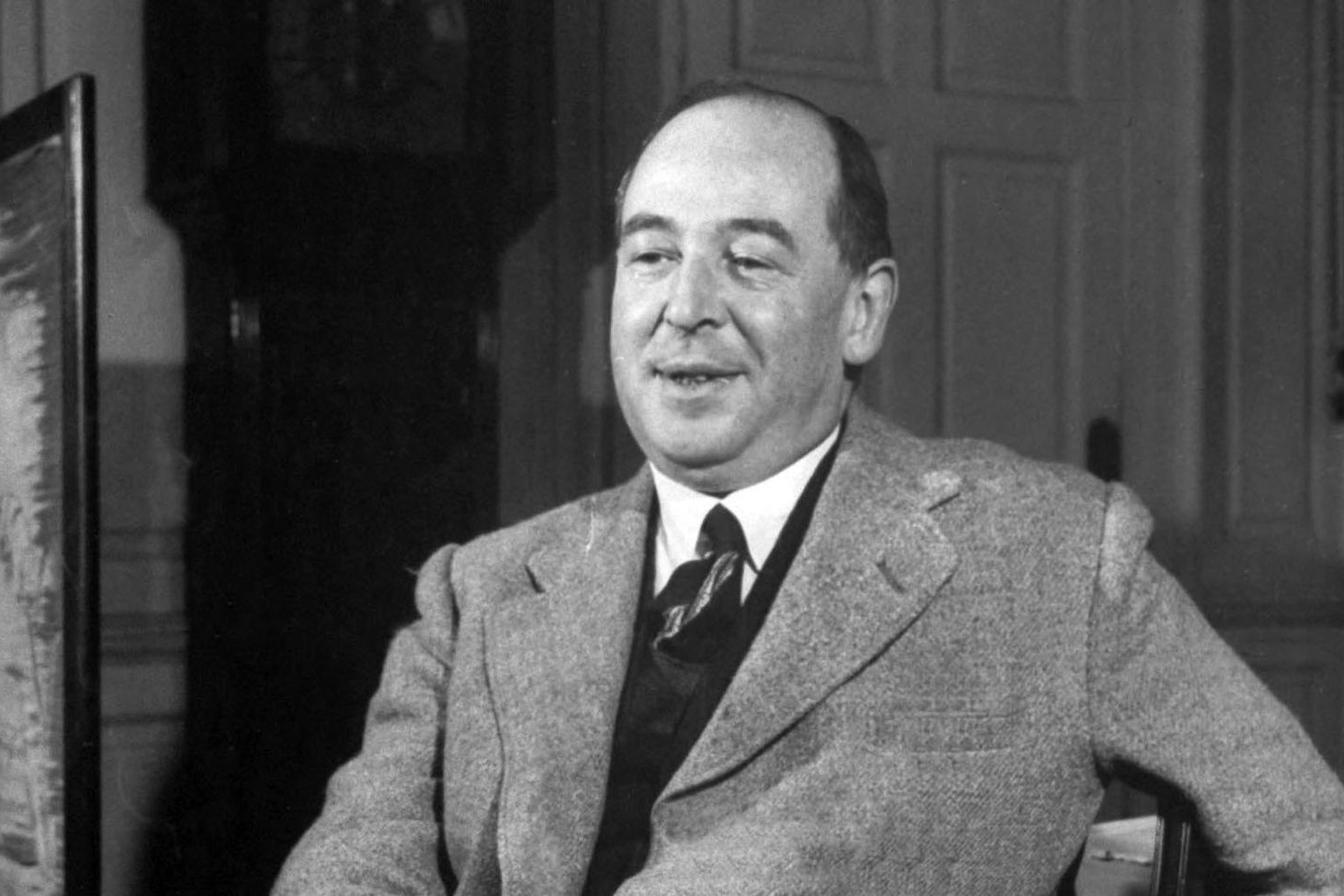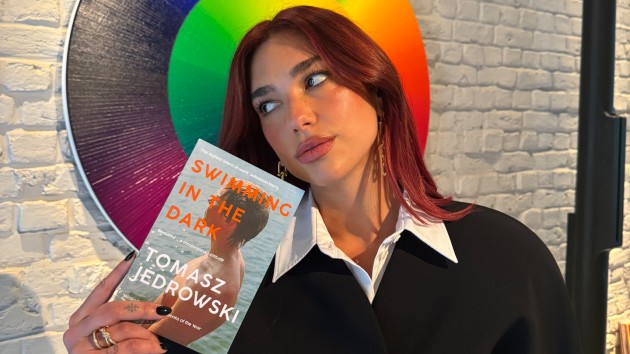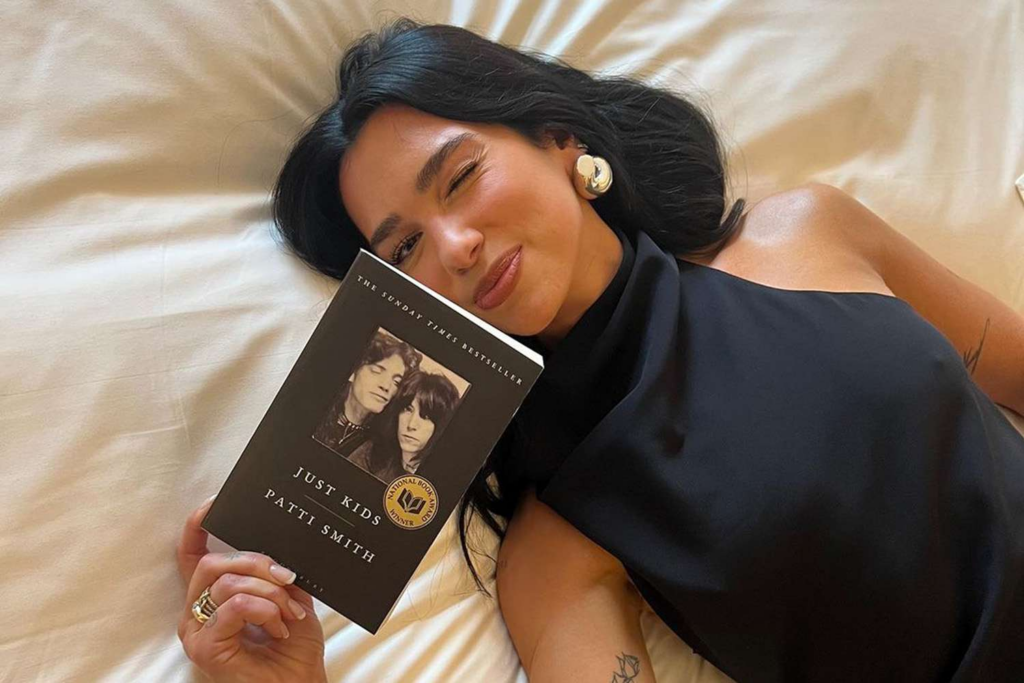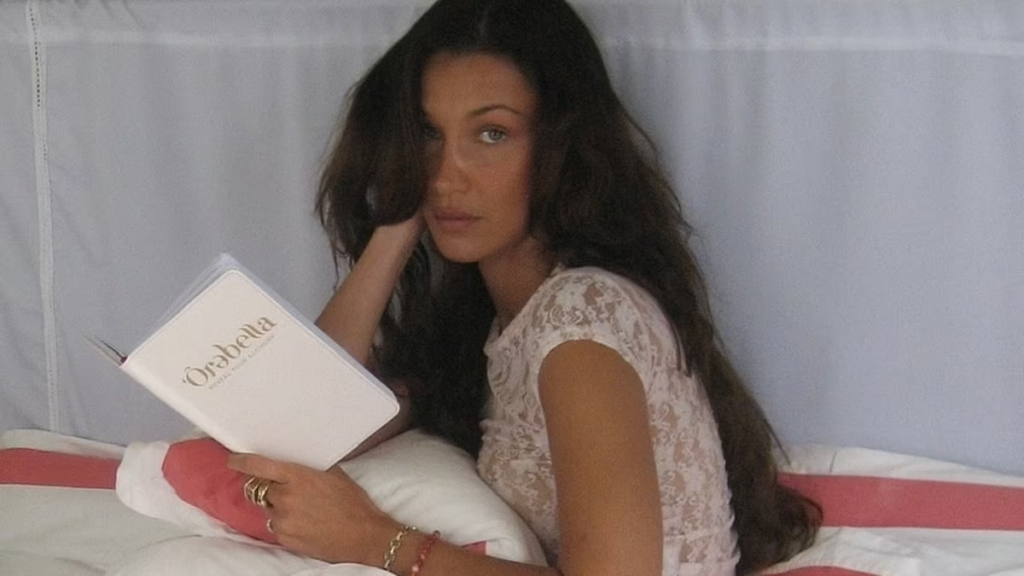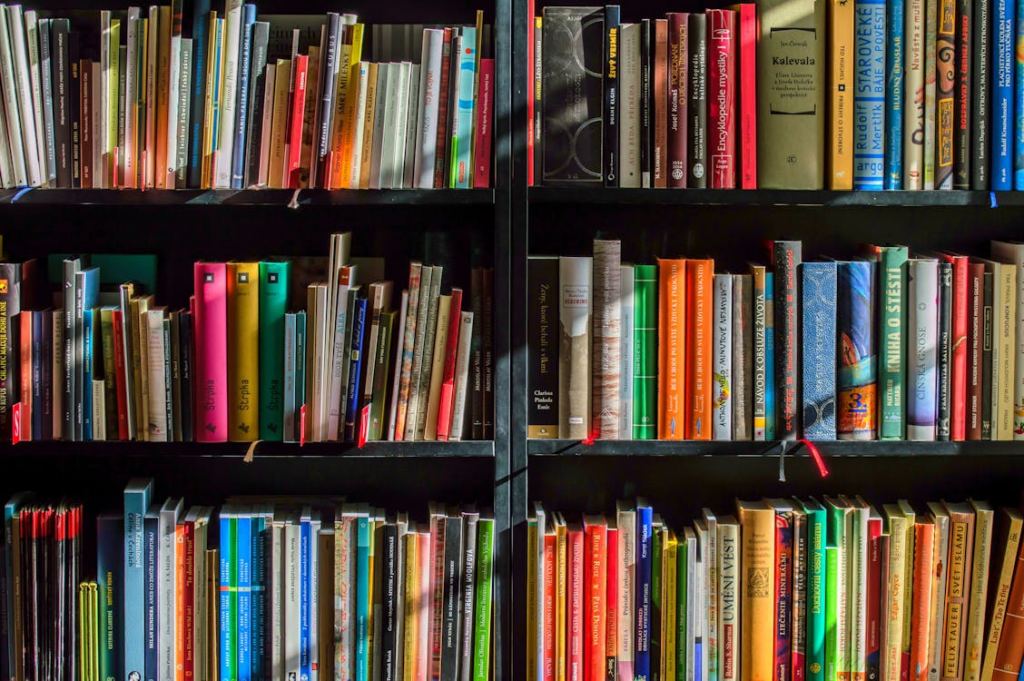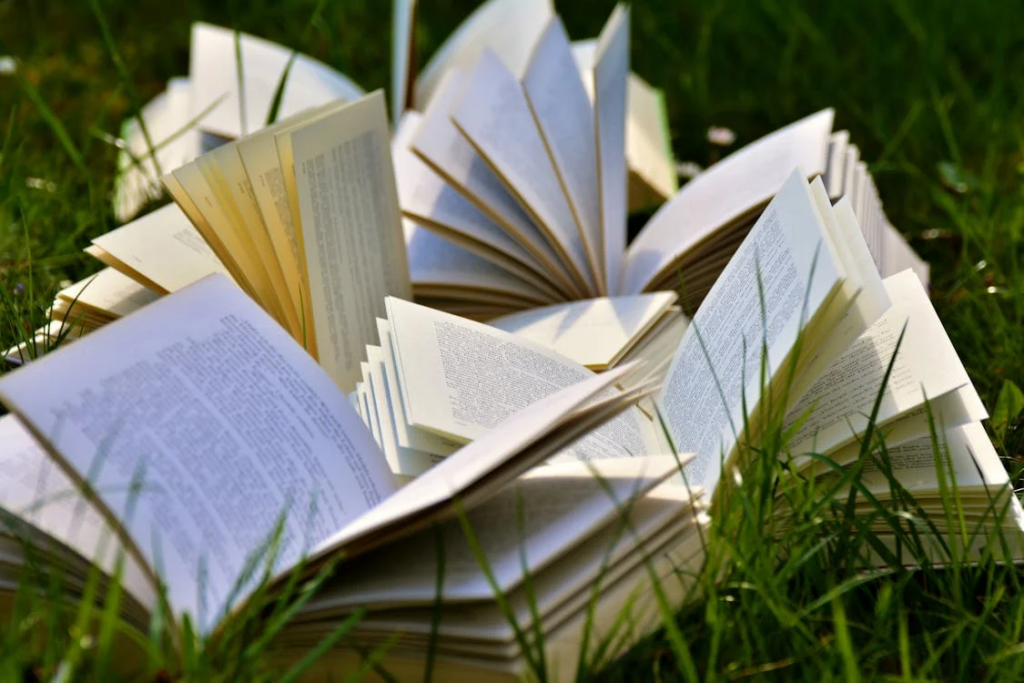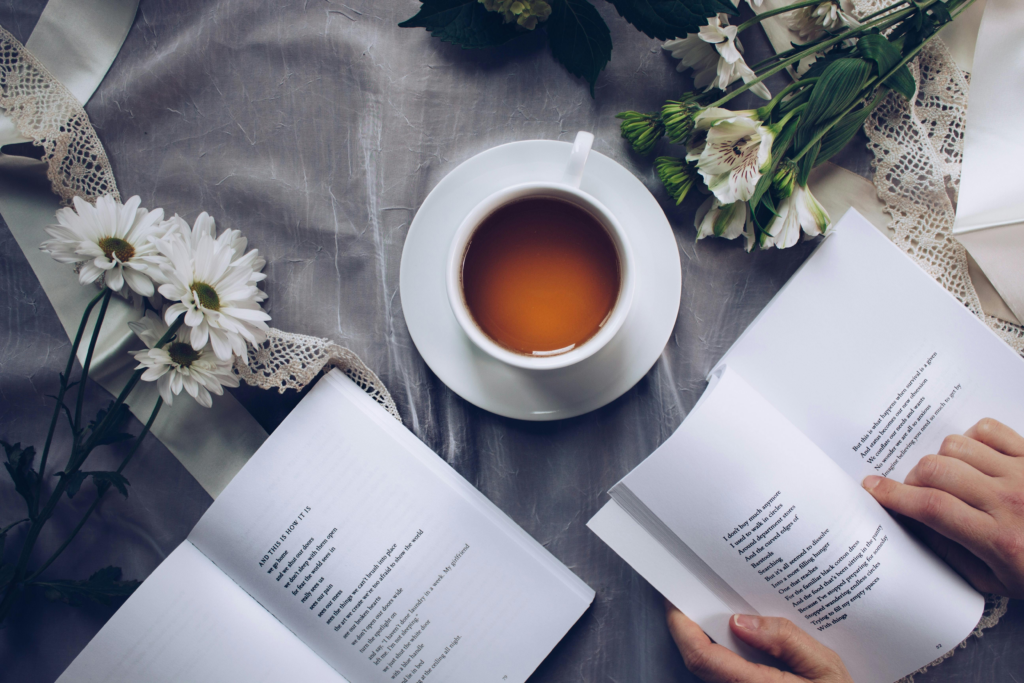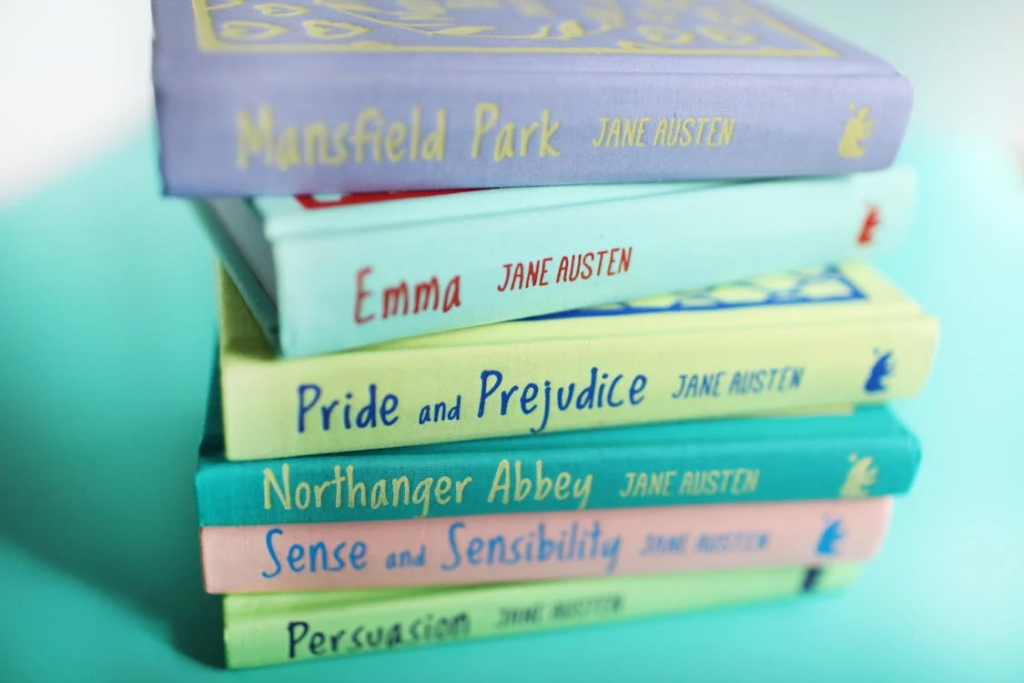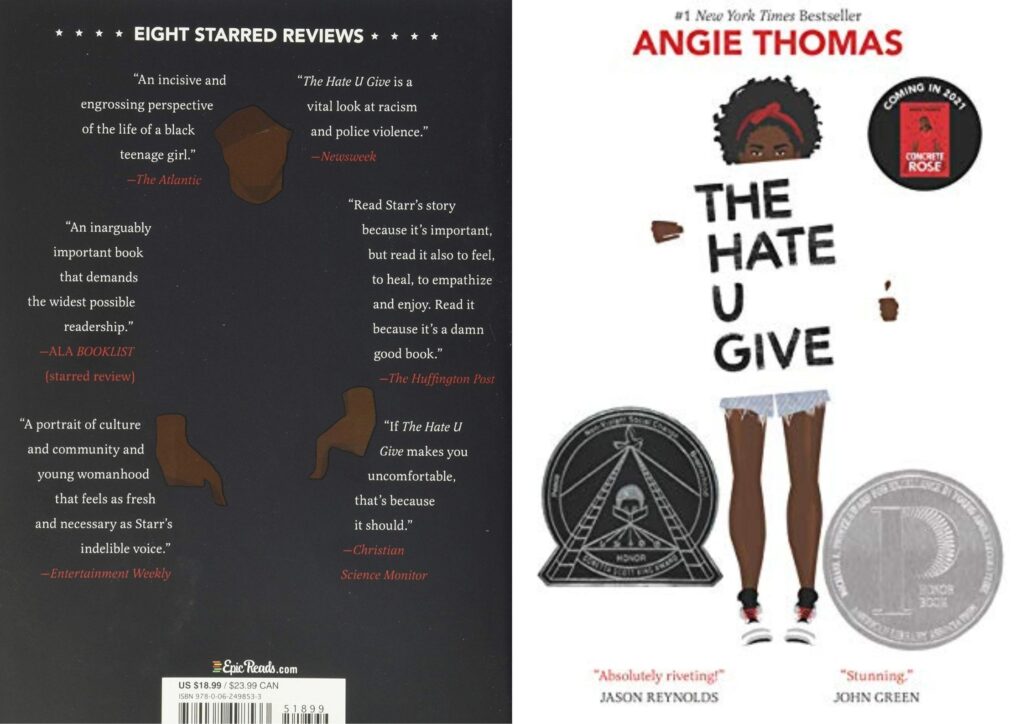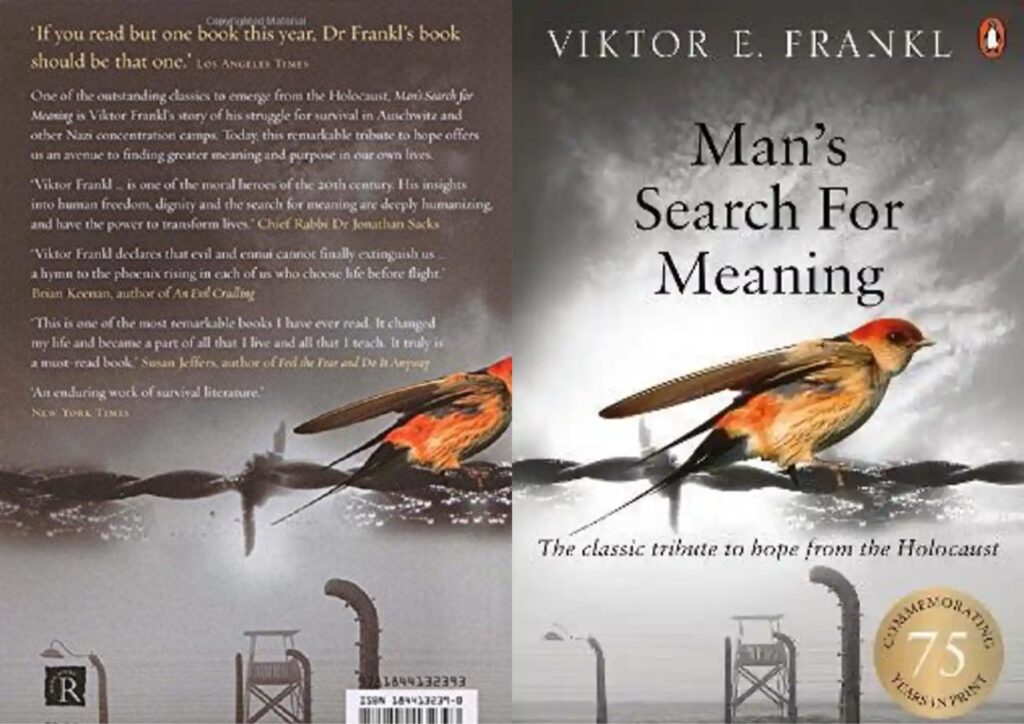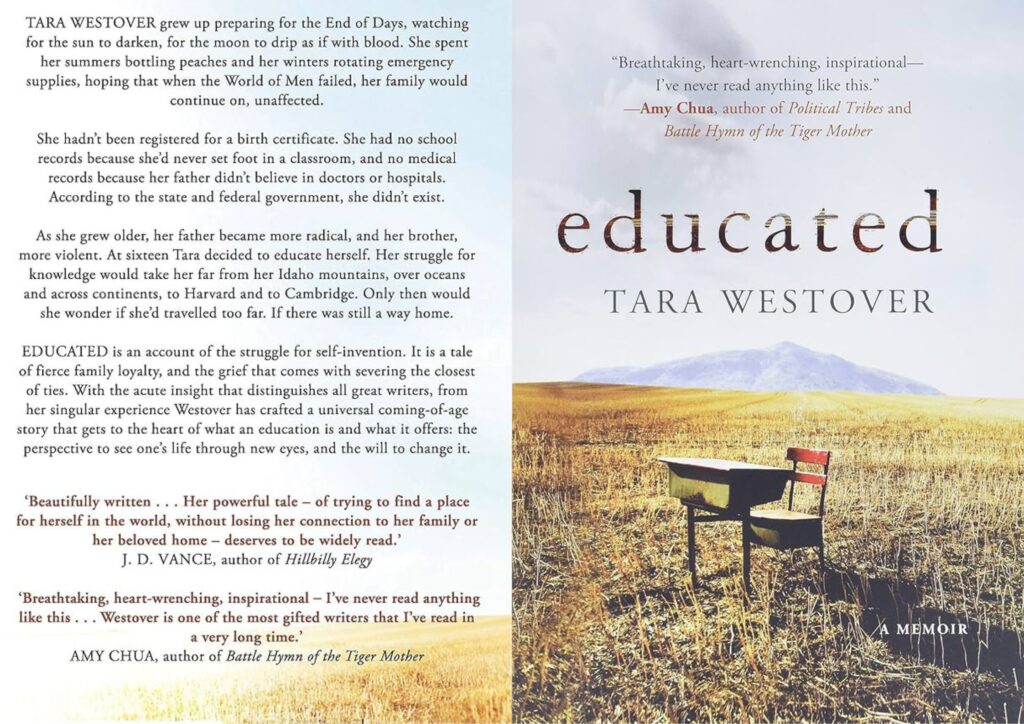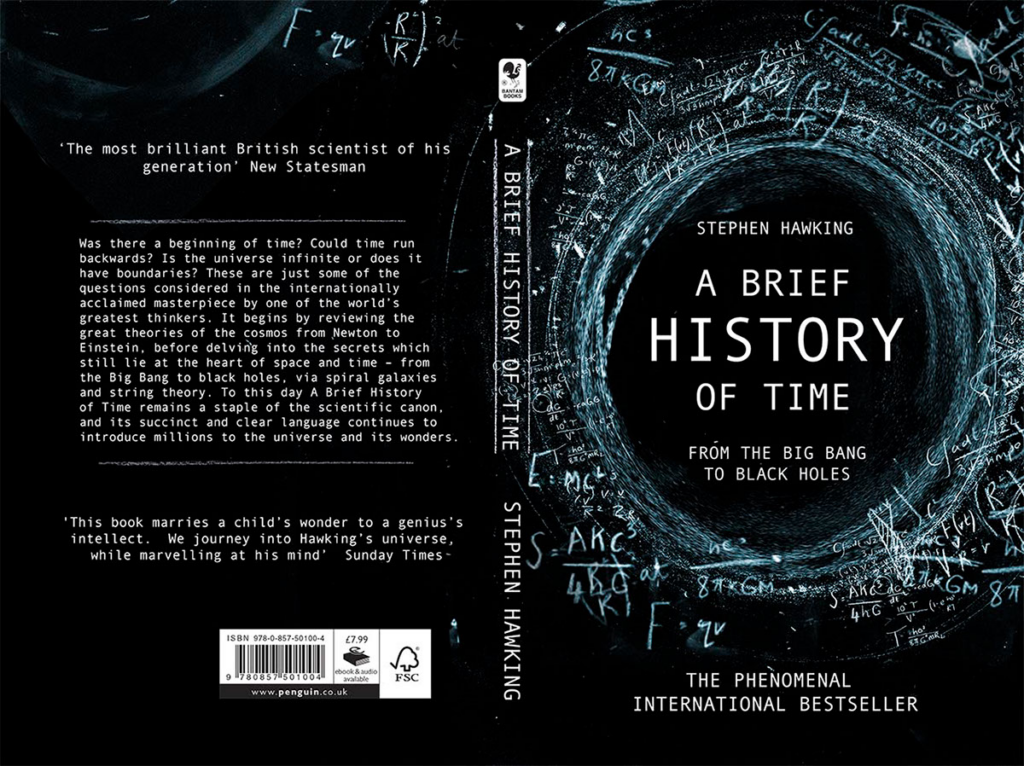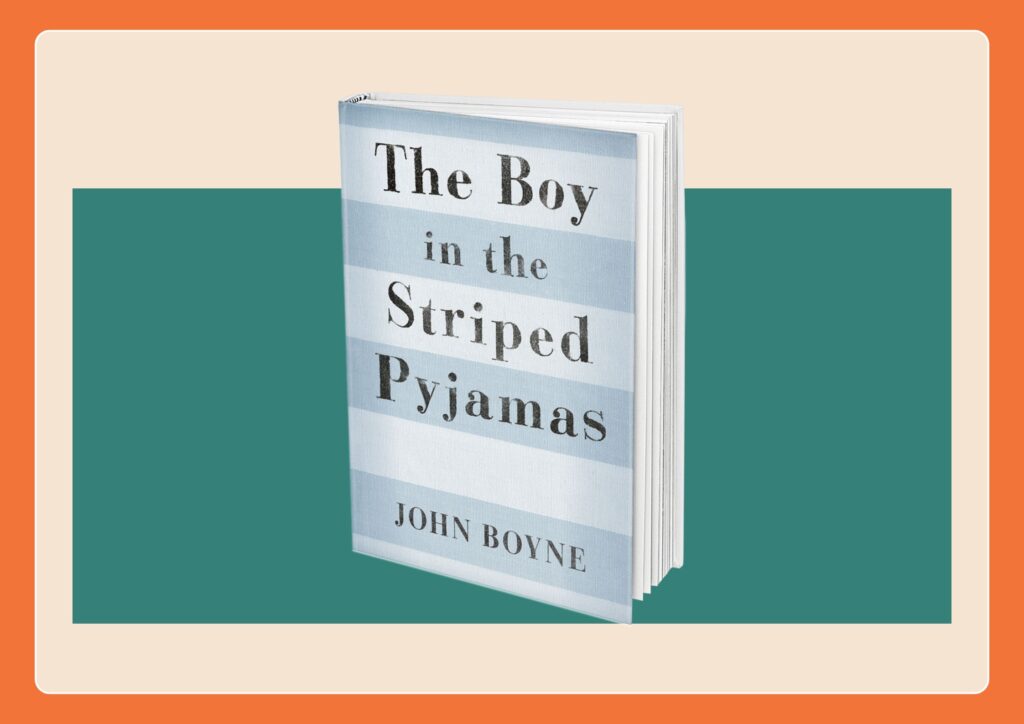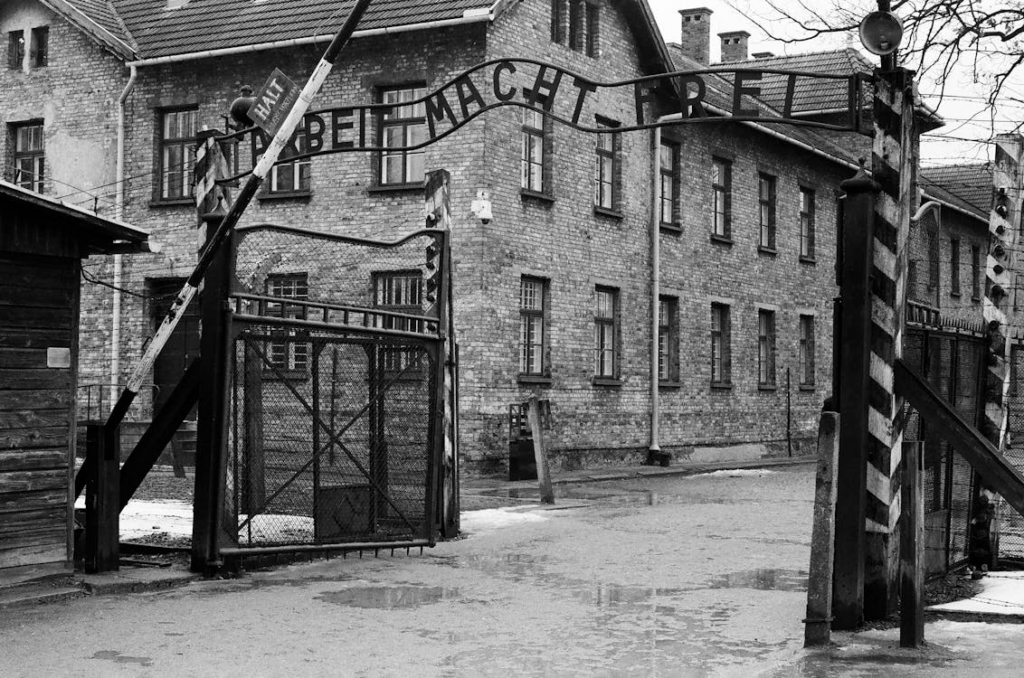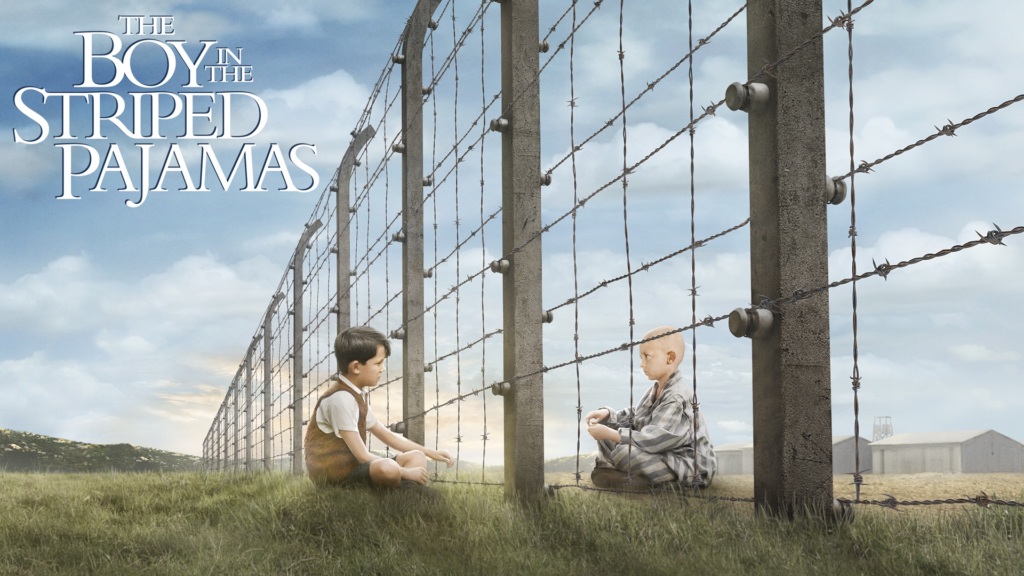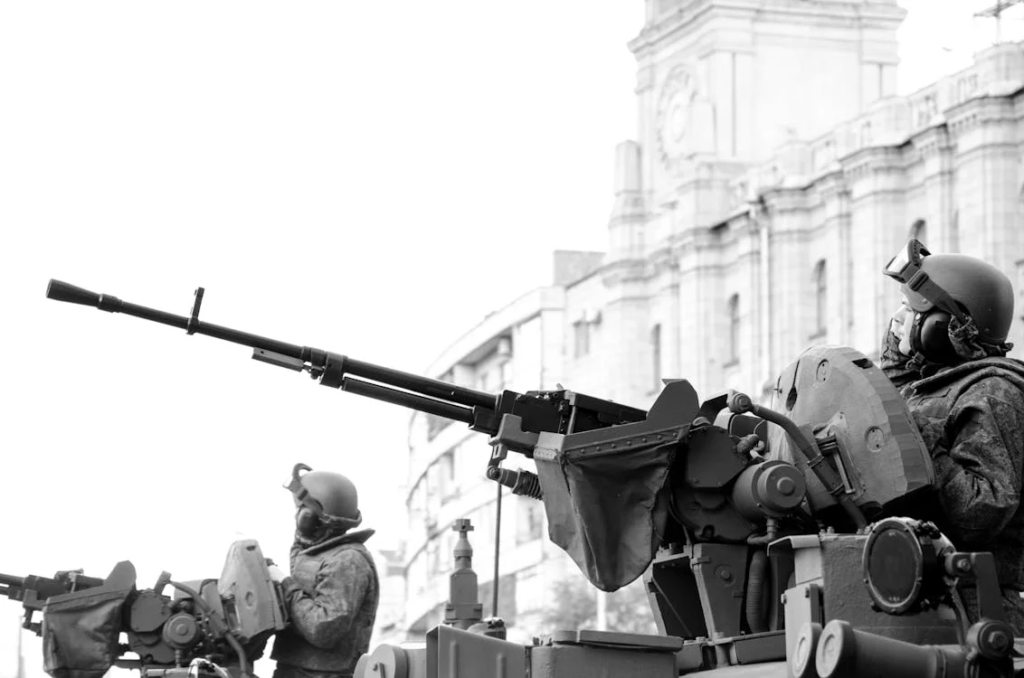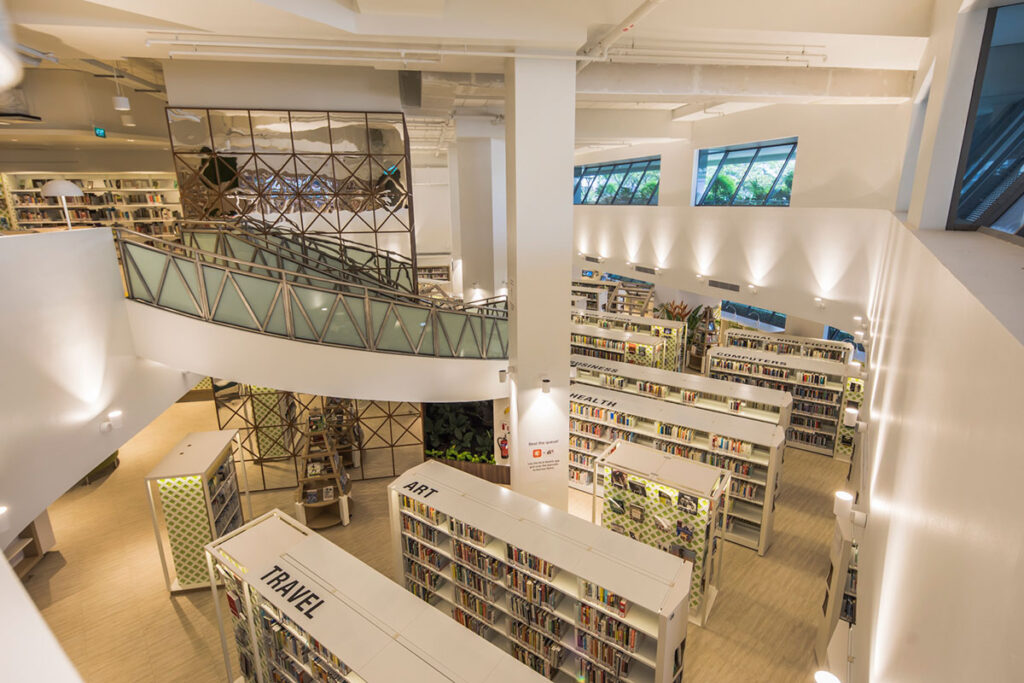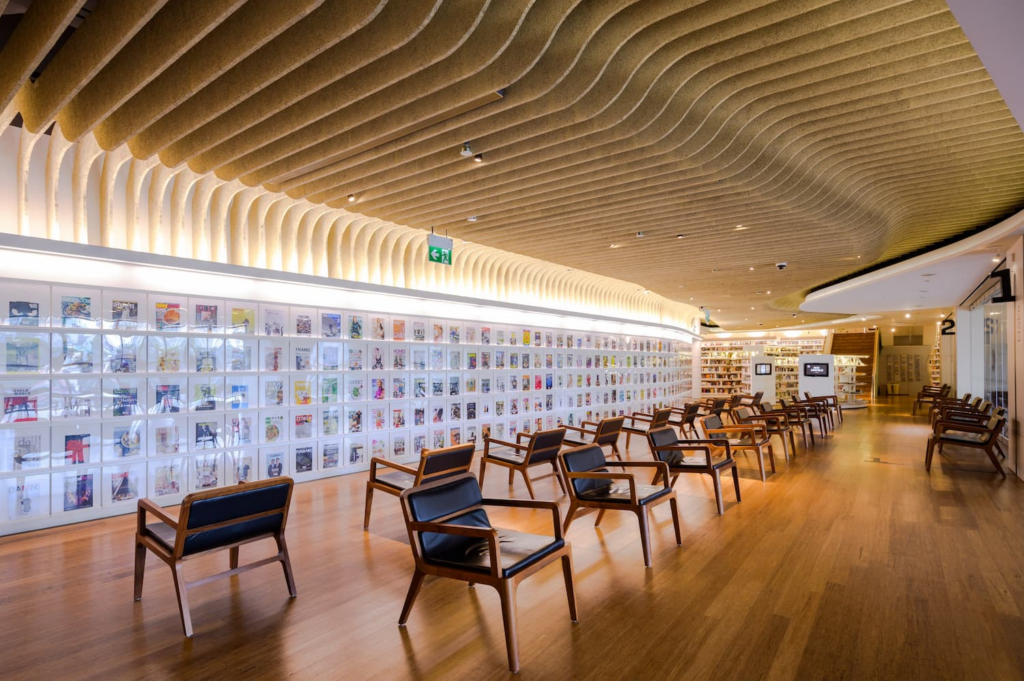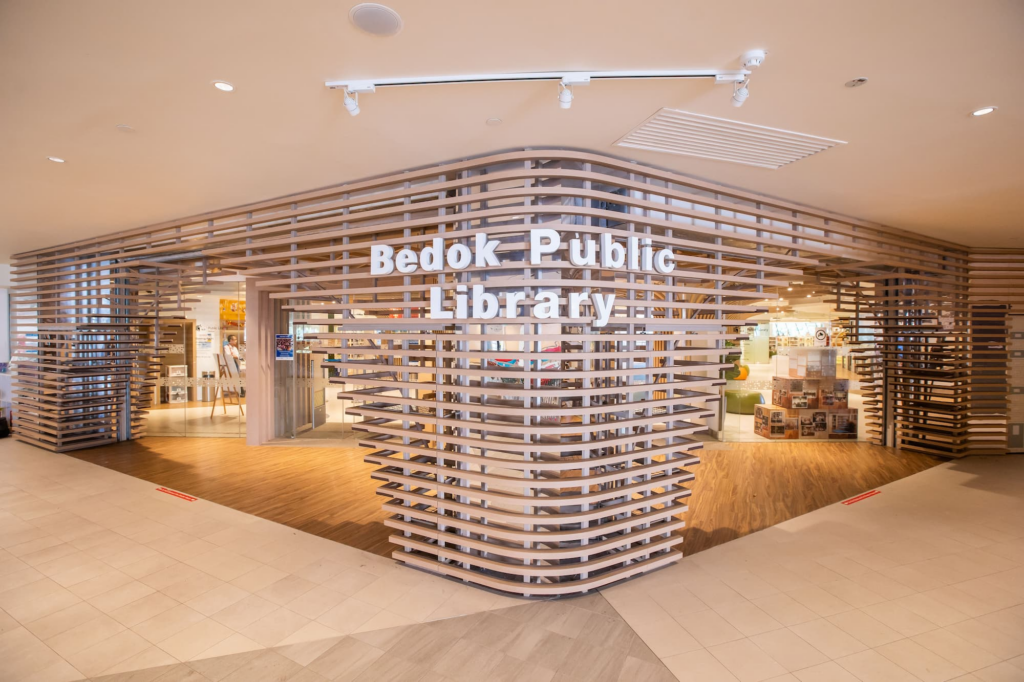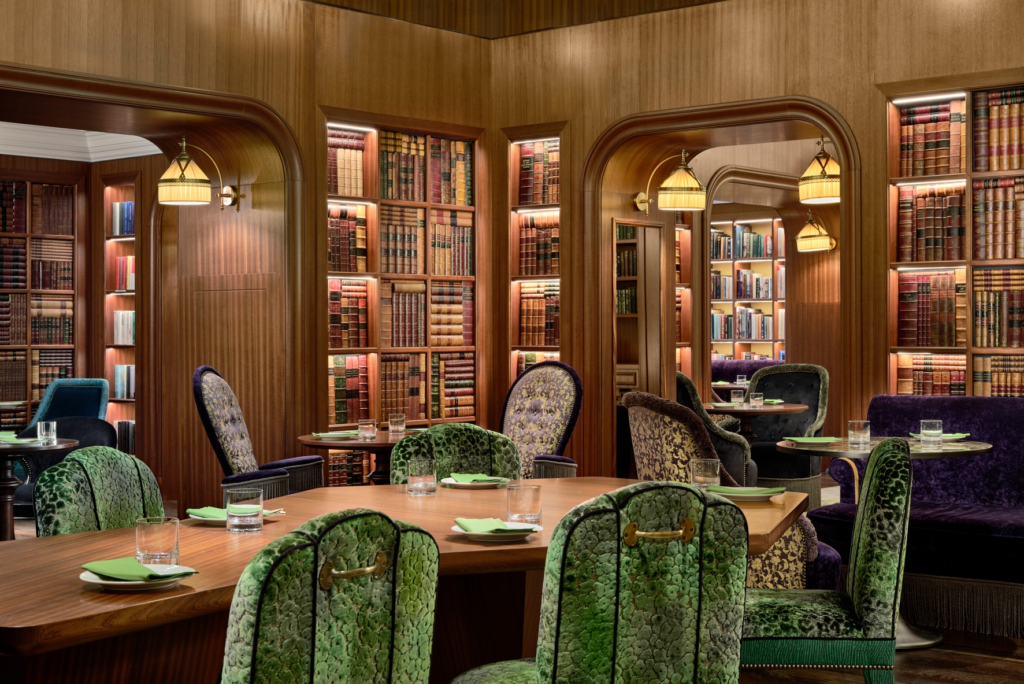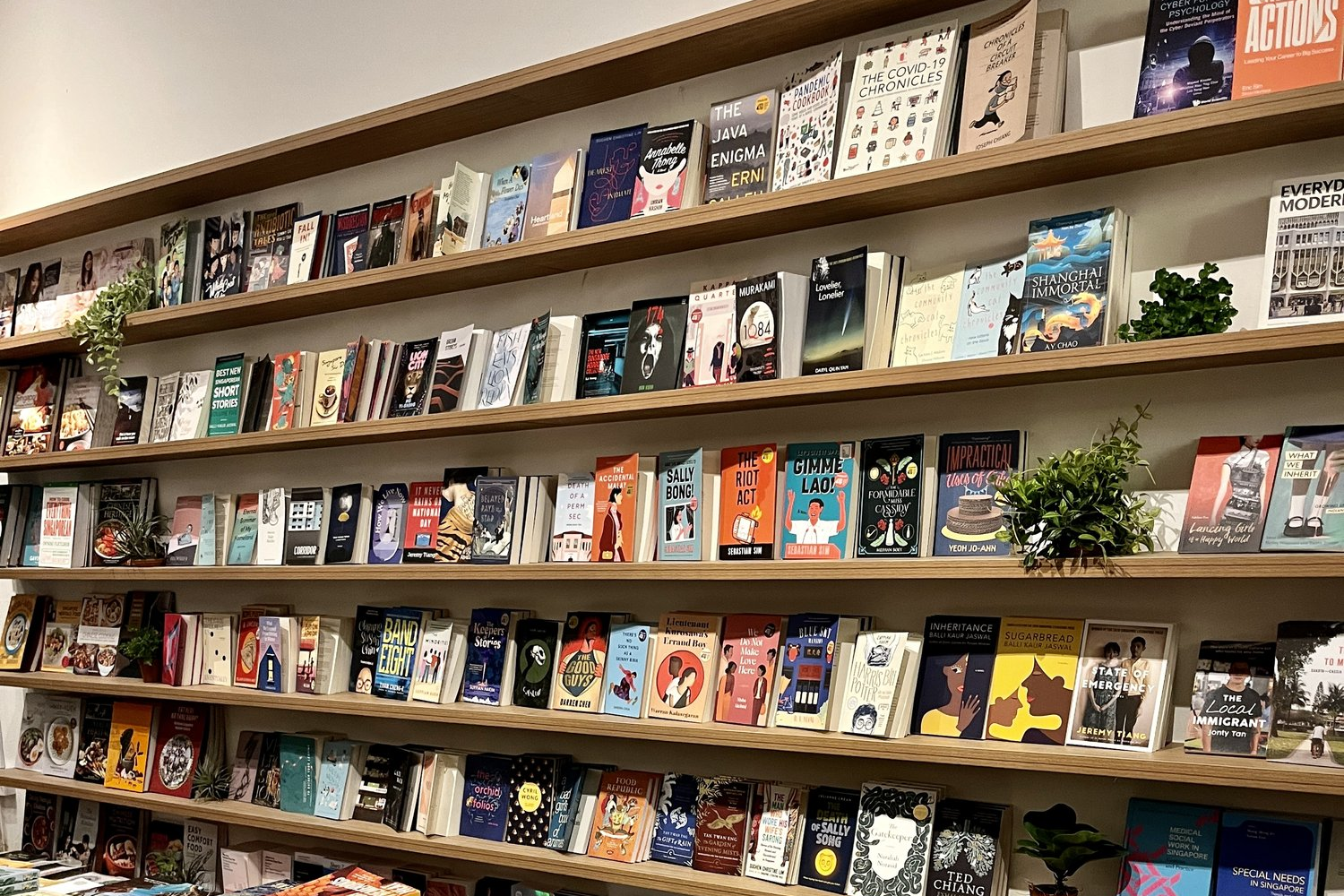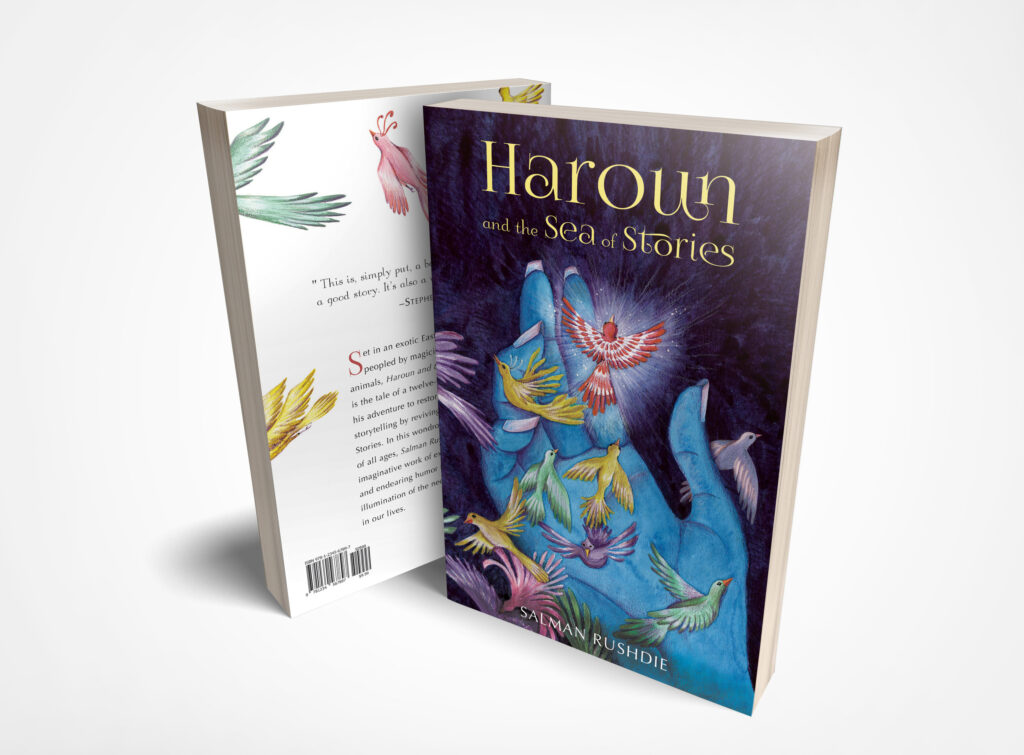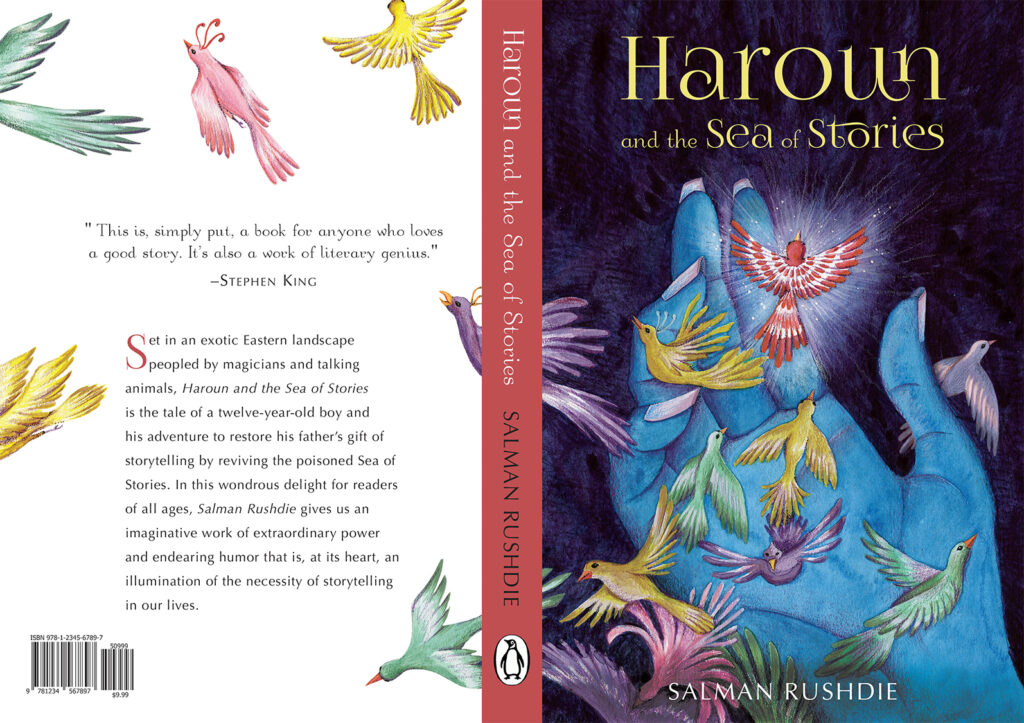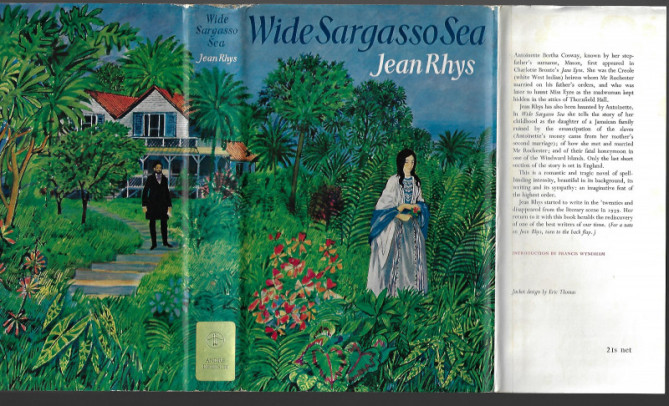“Learning English takes practice, and one of the best ways to build that skill is through plenty of reading.”
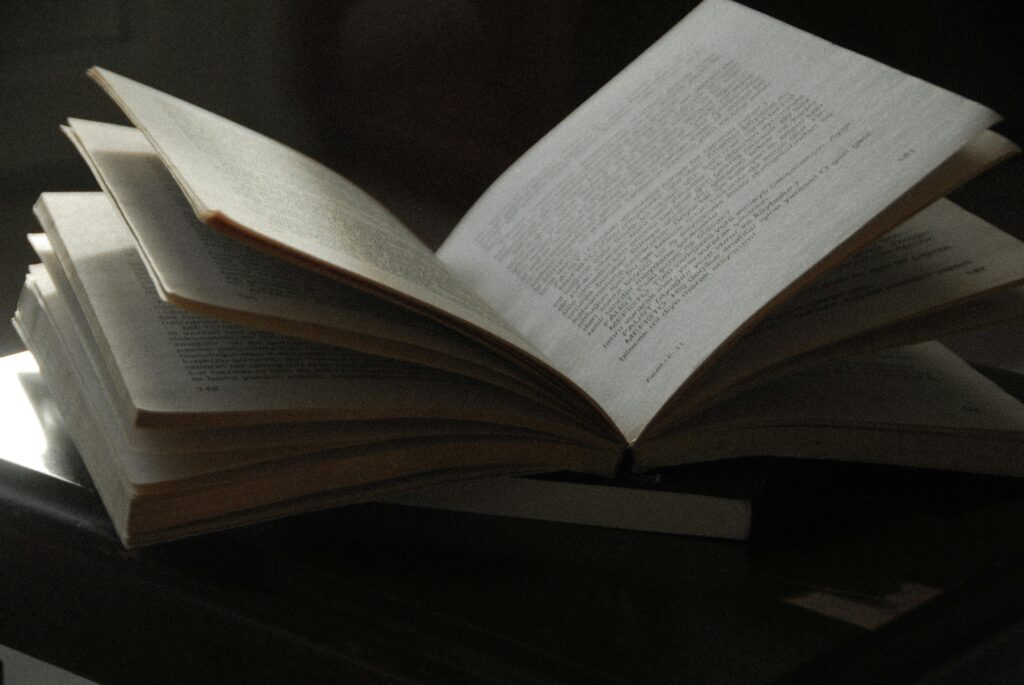
Learning English takes practice, and one of the best ways to build that skill is through plenty of reading. Instead of jumping straight into long, 500-page novels, short stories can be a much easier and more enjoyable place to begin. Their length makes them approachable, and they can be finished in one sitting, which gives a real sense of progress and accomplishment.
For English language learners, short stories provide an engaging way to grow vocabulary, strengthen grammar, and sharpen reading comprehension. Even if you don’t consider yourself much of a reader, they can spark an excitement for stories that may eventually lead you to pick up novels on your own. To get started, here are 15 popular and effective choices that will not only make reading enjoyable but also help you master narrative writing.
1. The Happy Prince by Oscar Wilde
Oscar Wilde’s The Happy Prince, first published in 1888, may have been written as a children’s story, but it has a way of touching readers of all ages. It follows a grand statue of a Prince who overlooks the city. In life, this Prince enjoyed luxury and comfort, never really noticing what went on beyond the castle walls. Now, as a glittering statue covered in gold and jewels, he finally sees the suffering around him. Yet he’s stuck in place, unable to move, only able to feel compassion for the people below.
Wilde, known for his sharp wit and flair, gave his fairytales more than just charm. In The Happy Prince, he mixed in deeper ideas about kindness, sacrifice, and the flaws that often trip people up, like vanity, greed, and pride. The mix of sparkling imagery with these bigger themes makes the story both moving and memorable, showing how even a simple fairytale can carry powerful lessons about life and humanity.
2. The Landlady by Roald Dahl
Originally published in 1959, The Landlady is a short horror story by Roald Dahl that manages to be both unsettling and unforgettable. It follows 17-year-old Billy Weaver, a young man new to town who is looking for a place to stay. After asking a porter for advice, he notices a welcoming little boarding house and decides to check in. The landlady seems kind, almost motherly, and the house feels cozy and safe at first glance. But as the night unfolds, Billy’s stay takes a sinister turn, and the reader slowly realizes that the landlady is hiding a chilling secret.
What makes the story so effective is how Dahl weaves themes of deception, irony, and naivete into such a simple setup. The landlady’s gentle manner masks something far more disturbing, and Billy’s willingness to trust appearances becomes his downfall. Readers are drawn in by the ordinary setting, only to be left with the creeping realization that danger can hide in the most unexpected places.
3. Araby by James Joyce
James Joyce, an Irish novelist, poet, and literary critic, is often remembered as one of the most influential writers of the twentieth century and a central figure in the modernist movement. His short story Araby, originally published in 1914, offers a glimpse into both the everyday life of Dublin and the deeper emotional struggles of growing up. The story follows a young boy who becomes infatuated with the girl living across the street, a quiet but powerful first crush that consumes his thoughts.
When the girl mentions how much she wishes she could visit a local bazaar, the boy seizes on the idea as a way to impress her. He dreams of going there, buying her a gift, and winning her affection. Through this simple plan, Joyce beautifully captures an adolescent’s first stirrings of desire, along with the intensity and obsession that can come with it. The tale resonates because it reflects that universal moment of awakening. When childhood innocence gives way to the powerful, and sometimes overwhelming, feelings of young love.
4. The Pedestrian by Ray Bradbury
The Pedestrian tells the story of Leonard Mead, a man who quietly resists a world obsessed with television screens. While his neighbors remain inside each night, absorbed by their sets, Leonard chooses instead to walk outdoors, enjoying the silence of the empty streets. One evening, his solitary stroll is interrupted by a police car operated not by a human officer but by a computer. Suspicious of his unusual behavior and unsatisfied with his answers, the machine arrests him and sends him off to a psychiatric hospital, treating his nightly walks as a threat to the social order.
Although it was written back in 1951, the world it describes feels strikingly close to our own. A society consumed by technology, where human connection and individuality are fading, is something many readers today will recognize instantly. The story creates a clear path into broader discussions of dystopian literature, tying naturally into classics like Fahrenheit 451, Anthem, and 1984. By showing how something as ordinary as a walk can be viewed as dangerous, it challenges readers to think about conformity, freedom, and the role of technology in everyday life.
5. The Midnight Zone by Lauren Groff
The Midnight Zone begins as the story of a family vacation in a remote hunting camp, but it quickly slips into something far more unsettling. When the mother suffers a concussion and loses her memory, what should have been a peaceful trip turns into a frightening ordeal. Stranded in the Florida wilderness, she and her family are forced to confront both the dangers of their surroundings and the fragility of their own safety. Through this lens, the story explores motherhood, vulnerability, and the uneasy balance of responsibility that comes with caring for children in moments of crisis.
What makes this piece so powerful is the way Lauren Groff draws readers into its world. Her language is richly evocative, the atmosphere thick with suspense, and every detail seems to heighten the sense of unease. Beneath the surface of a simple family outing lies a meditation on fear, love, and the darker edges of the human experience. The story was published in 2016.
6. The Lottery by Shirley Jackson
A short story by Shirley Jackson that was first published in 1948, and it continues to spark conversation decades later. Set in a seemingly ordinary small American town, the story draws readers in with its simple descriptions of villagers gathering for an annual ritual. At first, the event feels almost festive, with families chatting and children playing, but the atmosphere grows darker as the details of the tradition begin to emerge. The lottery, it turns out, is no celebration at all but a brutal ritual meant to guarantee a good harvest and rid the town of bad omens.
What makes this story so striking is how it examines tradition and the way people conform to practices without questioning them. Jackson uses the lottery to show how communities can accept cruelty as normal when it is tied to custom. Beneath the plain setting lies a powerful look at human nature, exploring how fear, obedience, and blind acceptance can lead to unsettling outcomes. The contrast between the ordinary surface of village life and the horror beneath is what makes the story unforgettable.
7. Thank You, M’am by Langston Hughes
Originally published in 1958, Thank You, M’am by Langston Hughes is a short story that captures both the struggles of poverty and the power of compassion. It begins with a young boy named Roger, who tries to steal the purse of Mrs. Luella Bates Washington Jones, hoping to get enough money to buy a pair of stylish shoes. Instead of letting him escape or handing him over to the police, Mrs. Jones grabs him by the collar and takes him home. Roger expects punishment, but what he finds instead is kindness that leaves him stunned and speechless.
The story explores themes of second chances, trust, dignity, and the bond that can form between generations when empathy comes first. Mrs. Jones doesn’t excuse Roger’s actions, but she shows him respect and humanity in a way he has likely never experienced before. By choosing compassion over anger, she leaves a lasting impression that reshapes Roger’s understanding of right and wrong. Through this brief but powerful encounter, Hughes reminds readers that even small acts of generosity can change the course of someone’s life.
8. Lob’s Girl by Joan Aiken
Lob’s Girl is a short story by Joan Aiken that tells the touching tale of Sandy Pengelly and her remarkable friendship with a dog named Lob. When Sandy is just five years old, she meets Lob while playing on the beach with her family. What begins as a chance encounter quickly grows into a deep bond that shapes both of their lives. Aiken draws readers into their connection with warmth and detail, showing how the loyalty of a dog can become just as meaningful as any human relationship.
Published in 1981, the story highlights the enduring love and devotion shared between a girl and her dog. At its heart, it is about the extraordinary bond between humans and animals, a relationship built on trust, loyalty, and unconditional affection. Through Sandy and Lob’s connection, Aiken captures the way pets can become family, offering both comfort and companionship in a way that feels timeless and universal.
9. The Janitor in Space by Amber Sparks
In The Janitor in Space, readers are introduced to a female janitor whose job is to keep a space station running smoothly. Her days are filled with routine tasks, yet the story turns those ordinary duties into something extraordinary. Instead of feeling crushed by solitude, she discovers a quiet kind of joy in her work and her surroundings, offering a fresh perspective on what happiness can look like in an unconventional setting. Her life in orbit gently challenges the assumption that being alone must always equal loneliness.
Told through a third-person point of view, the story also examines ideas of good and evil through the unlikely role of a janitor in space. The contrast between her humble job and the vastness of the universe creates a striking backdrop for reflection. With its creative plot and unusual premise, the story encourages meaningful discussion long after it ends. First published in 2014, it continues to stand out as a thought-provoking piece of modern fiction.
10. Ruthless by William de Mille
Telling the chilling tale of Judson Webb, Ruthless follows a man at his vacation cabin who decides to take matters into his own hands after a series of thefts. Convinced that burglars will return, he poisons the whiskey he keeps there, thinking it will serve as a deterrent. But his plan takes a grim twist when, after being dazed by a fall, he forgets what he has done and accidentally drinks the poisoned liquor himself.
First published in 1945, the story explores themes of revenge, ruthlessness, and the inevitable consequences of one’s own actions. What lingers most is the irony of Judson’s downfall: the very scheme meant to protect him becomes the cause of his demise. In just a few pages, the story shows how cruelty and suspicion can spiral into self-destruction, leaving readers with a powerful reminder of how choices rooted in bitterness often come back in unexpected ways.
11. The Metamorphosis by Franz Kafka
One of the most famous examples of absurdist and fantasy fiction, The Metamorphosis tells the unforgettable story of Gregor Samsa, a traveling salesman who wakes up one morning to find he has turned into a giant insect. As Gregor struggles to adjust to his bizarre new condition, his family must also come to terms with the shocking change. What begins as a surreal premise quickly unfolds into a deeply human story, showing not only Gregor’s physical challenges but also the shifting dynamics within his household.
Originally published in 1915, this short story delves into the complexities of identity and self-perception in a way that still resonates today. Gregor clings desperately to his sense of humanity, even as his body betrays him, and readers can’t help but feel empathy for his plight. Kafka uses this strange and unsettling transformation to explore universal questions about how we see ourselves, how others see us, and what it means to be truly human.
12. The Scarlet Ibis by James Hurst
First published in The Atlantic Monthly in July 1960, The Scarlet Ibis by James Hurst quickly became a classic of American literature, even winning the “Atlantic First” award. Since then, it has been reprinted countless times in high school anthologies and story collections, introducing generations of readers to its moving and haunting narrative. At its heart, the story follows two brothers—the narrator, known as Brother, and his younger sibling, Doodle. Brother’s pride motivates him to teach Doodle to walk and strive for a more “normal” life, but that same pride also pushes Doodle beyond his limits, with devastating consequences.
What makes this story so powerful is the way it blends emotion with literary craft. Filled with vivid imagery, rich symbolism, and subtle foreshadowing, the narrative explores themes such as pride, guilt, death, family, and the forces of nature. Readers are drawn into the brothers’ complex relationship, where love and cruelty often sit side by side. By the end, the story leaves a lasting impression about the fragile line between helping someone out of care and harming them out of pride.
13. The Test by Theodore Thomas
Science fiction takes center stage in The Test by Theodore Thomas, first published in 1962. Set in a future where driving exams go far beyond measuring basic skill, the story imagines a psychological test designed to predict dangerous behavior before it ever happens. The protagonist, Robert Proctor, undergoes his exam under hypnosis and experiences the horror of a deadly accident. Even though he acts responsibly, the authorities decide he is unfit to drive, stripping him of his license and his freedom based on a scenario that never truly occurred.
What makes this story so striking is the way it blends tension with bigger questions about justice, personal responsibility, and the reach of authority. Readers are pulled into Robert’s experience, only to be stunned by an ending that feels both shocking and unsettling. The story lingers because of its clever use of suspense and irony, prompting reflection on how society might misuse power in the name of safety. The final twist is one you simply won’t see coming.
14. Hills Like White Elephants by Ernest Hemingway
Hills Like White Elephants centers on a brief yet loaded conversation between an American man and a young woman waiting at a train station in Spain. As they pass the time, the girl observes that the nearby hills look like white elephants, a remark that introduces the story’s rich symbolism. Beneath their small talk lies a heavier subject. The man is urging her to undergo an “operation,” implied to be an abortion, a topic rarely discussed openly during that era. What appears to be an ordinary exchange becomes a window into the strain of their relationship and the difficult choices before them.
Themes of control, communication, and choice flow through the story, making it a subtle but powerful exploration of how much weight a single conversation can carry. Hemingway masterfully uses pared-down dialogue and layered imagery to show the push and pull between the characters, revealing how silence and implication can say more than direct words ever could. This timeless exploration of human interaction was originally published in 1927.
15. The Standard of Living by Dorothy Parker
Tells the story of two young women, Annabel and Midge, The Standard of Living follows their lives as stenographers who dream of something grander than their day-to-day reality. To entertain themselves, they play a game where they imagine winning a million dollars and spend hours planning how they would use it all for their own enjoyment. These playful fantasies reveal their desire for a lavish lifestyle and the excitement that comes with imagining a life far removed from their ordinary routines.
The charm of the story lies in how it contrasts those big dreams with the reality they live in. When the women come across a pearl necklace and learn its price, they realize just how far their fantasies are from the world they actually inhabit. Their reactions highlight both the humor and the hollowness in chasing after material wealth. First published in 1941, the story continues to shine as a witty reflection on aspiration, daydreaming, and the distance between imagination and reality.
After exploring these stories, the real growth comes in what you do next. Try taking a few minutes to summarize the plot in your own words, describe the main characters, and think about the themes the author wanted to convey. This reflection helps not only with understanding the story but also with building the skills needed to tell your own.
As you read, keep a small notebook or digital note handy where you can jot down interesting words or phrases. See if you can figure out the meaning of unfamiliar words from the context, and pay attention to how sentences are built or how dialogue moves the story forward. And when a word leaves you guessing, take a moment to look it up in a dictionary. Every new word you collect becomes part of your own toolbox as both a reader and a writer.
Check out: Timeless Storytellers: 20 Notable Writers of All Time and 10 Essential Books for Teens: Boosting English Skills & Building Character

